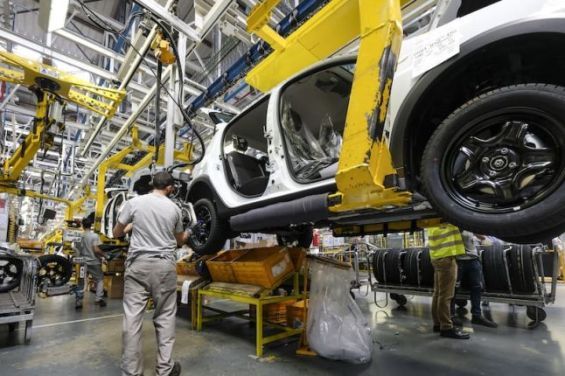In a significant milestone for Morocco's automotive industry, the North African country has surpassed China to become the European Union's leading trading partner in the automotive sector. According to data from the Moroccan Foreign Exchange Office and the Association of European Automobile Manufacturers (ACEA), Morocco's automotive exports to the EU reached €15.1 billion in 2023, edging out China's €13.6 billion.
This achievement stems from strategic investments in industrial infrastructure and partnerships with major brands like Renault's Dacia and Stellantis. Key production hubs in Tangier and Kenitra manufacture popular models such as the Dacia Sandero and Citroën Ami.
While Morocco leads in export value, China remains ahead in volume, exporting 782,000 vehicles to the EU compared to Morocco's 536,000. The Moroccan government aims to produce one million vehicles annually by 2025, up from the current 700,000 capacity. The sector employs 220,000 people and is supported by over 230 suppliers.
Morocco's automotive industry has become the country's top export sector, generating 92.7 billion dirhams in 2023, an 8.5% increase from the previous year. Vehicle interiors and seats exports grew by 18.3%, while body assembly increased by 8.3%.
The country has also developed its first fully electric car, Neo, and plans to introduce Africa's first locally designed and manufactured battery electric vehicle (BEV) in partnership with Atlas E-Mobility Group.
Morocco's automotive success is part of a broader economic diversification strategy. The country's proximity to Europe, competitive labor costs, and skilled workforce have attracted significant investments from global automakers.
As Morocco aligns with EU environmental standards and increases focus on electric vehicles, it aims to strengthen its global market position. The government targets electric cars to make up 40% of total vehicle supply in the near future, demonstrating a commitment to sustainable automotive production.




 chargement...
chargement...











